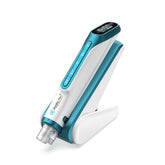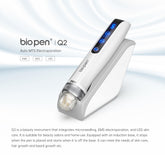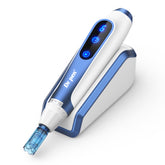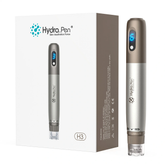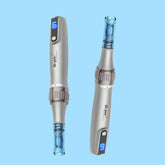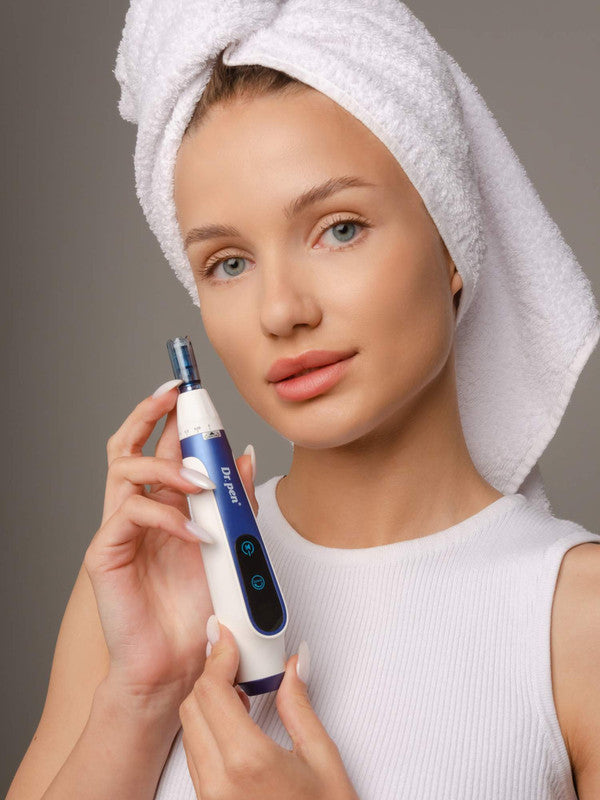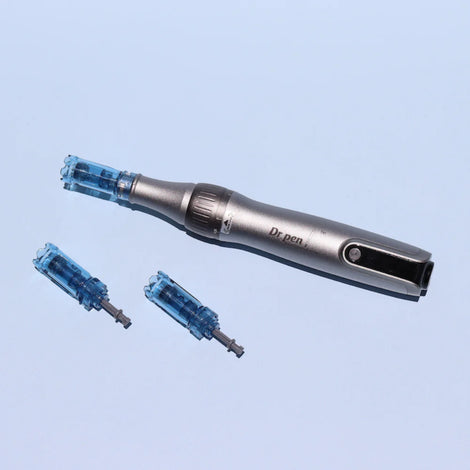Microneedling has garnered significant attention for its skin rejuvenation benefits, but with its rise in popularity come a number of myths and misconceptions. Let’s set the record straight by addressing some of the most common myths about Dr. Pen microneedling pens.
Myth 1: Dr. Pen Microneedling Pen is Too Painful to Use
Fact: Dr. Pen microneedling pens are engineered with user comfort in mind. These devices feature adjustable needle depths to accommodate different skin types and concerns. Additionally, numbing creams are frequently used to minimize any discomfort. The procedure is generally well-tolerated, and any sensations felt during treatment are mild and manageable.
Myth 2: Dr. Pen Microneedling Pen Requires a Long Recovery Time
Fact: Recovery time with Dr. Pen microneedling pens is minimal. Most users experience only mild redness and swelling, similar to a slight sunburn, which usually subsides within a few days. You can return to your normal activities almost immediately after treatment, making it a convenient option for busy schedules.
Myth 3: Dr. Pen Microneedling Pen is Only Suitable for Older Individuals
Fact: Dr. Pen microneedling pens are effective for individuals of all ages. They address a variety of skin concerns such as fine lines, wrinkles, and acne scars, making them a versatile choice for both younger and older users. Whether you’re dealing with early signs of aging or more established skin issues, microneedling can be tailored to meet your needs.
Myth 4: Dr. Pen Microneedling Pen Doesn’t Help with Acne Scars
Fact: Dr. Pen microneedling pens are highly effective in treating acne scars. The microneedles create controlled micro-injuries in the skin, which stimulates collagen production and helps to smooth out and reduce the appearance of scars. Regular treatments can significantly improve the texture and tone of your skin.
Myth 5: Dr. Pen Microneedling Pen is Not Safe for Sensitive Skin
Fact: Dr. Pen microneedling pens can be safely used on sensitive skin with appropriate adjustments. The needle depth and treatment settings can be customized to ensure that sensitive areas are treated gently and effectively. Consulting with a skincare professional can help tailor the treatment to your specific needs.
Myth 6: Dr. Pen Microneedling Pen Requires a Single Treatment for Best Results
Fact: For optimal results, multiple sessions with Dr. Pen microneedling pens are often recommended. The exact number of sessions varies based on individual skin concerns and treatment goals. A series of treatments generally yields the best outcomes, allowing for continued improvement over time.
Myth 7: Results from Dr. Pen Microneedling Pen are Visible Immediately
Fact: While some improvements may be noticeable soon after treatment, the full benefits of Dr. Pen microneedling pens develop over time. Collagen production takes several weeks to fully manifest, so patience is key to achieving the final, radiant results.
Myth 8: Dr. Pen Microneedling Pen is the Same as Microdermabrasion
Fact: Dr. Pen microneedling pens differ from microdermabrasion in their approach and results. While both enhance skin texture, microneedling uses fine needles to create micro-injuries that stimulate collagen production from within the skin. In contrast, microdermabrasion exfoliates the skin’s surface, addressing different skin concerns.
Myth 9: Maintaining Results from Dr. Pen Microneedling Pen is Complicated
Fact: Maintaining results with Dr. Pen microneedling pens is relatively simple. After completing an initial series of treatments, periodic maintenance sessions are typically sufficient to keep your skin looking its best. This straightforward approach ensures long-lasting benefits with minimal effort.
Myth 10: Dr. Pen Microneedling Pen Should Be Avoided If You Have Active Acne
Fact: Dr. Pen microneedling pens can actually benefit those with acne scars and improve overall skin texture. While active acne might require a modified approach, microneedling can help reduce the appearance of scars and enhance skin smoothness. It is crucial to consult with a professional to ensure the treatment plan is tailored to your specific condition.




